The rain-praying ceremony is held annually with the belief that Potao Apui (fire king) has the ability to communicate with Yang (heaven) to save the thirsty dry lands, bringing many good things to the villagers.
Mr. Siu Pho (left) presides over the rain praying ceremony.
PHOTO: TRAN HIEU
The rain-praying ritual used to exist, spanning the lives of the Jrai people in the southeastern part of Gia Lai province. There, since ancient times, there have existed uncrowned kings, a form of theocracy in the ethnic minority communities here. They are the "king of water" and the "king of fire".
Since 2015, the Ministry of Culture, Sports and Tourism has recognized this ritual as a national intangible cultural heritage. For many years now, the rain-praying ceremony has been organized systematically at the Plei Oi National Historical and Cultural Relic Site in Ayun Ha Commune, Phu Thien District (Gia Lai).
STRENGTHENING COMMUNITY TIES
Starting around the end of March or the beginning of April every year, when the sun covers the highlands in a yellow color during the dry season, villagers prepare offerings to pray for rain, health, bountiful crops, solidarity and overcoming difficulties for a prosperous village.
Community relationships have also been strengthened since then. This plays a very important role in protecting villages and communities from wild animals; uniting to defeat enemies, diseases, etc.
Many years ago, this ceremony was performed by Mr. Rơlan Héo, assistant to the last "fire king". We still remember his solemnity before his ancestors, his solemnity during the ceremony. He stood still for a moment to gather his thoughts, then solemnly walked to the pole erected in the middle of an empty space. After that, he turned to face the mountain, where the sword was kept - the village treasure that in the past only the "fire king" had the right to take when performing the ceremony.
The offerings include a jar of wine, beeswax rolled into candles, a bowl of rice, and meat cut into pieces. He takes Jrao hchich (a type of wild root) that he himself collected deep in the forest, mixes it with wine, then washes his hands to purify his body of impurities before performing the ceremony.
A gong sounded, Mr. Rơlan Hieu solemnly sat down next to the jar of wine, inserted the wine stick to offer to Pơtao Apui into the jar, bowed three times, lit a candle to greet the gods and then mumbled a prayer: "Oh Yang, oh Pơtao Apui, oh thousands and tens of thousands of gods, mother is in the upper reaches of the Ba River, father is in the upper reaches of the ocean... I hope the gods bless and protect the villagers with good health, favorable weather and good crops...".
TRANSGENDER CEREMONY
After the ceremony, the festival began. The women in the village were mobilized in advance to help with the cooking. The jars of wine had been brewed by the skillful hands of the women for a long time, and were now brought out to be filled with water and were just waiting for the festival to begin. The fragrant smell of the wine rose up. The agile and strong village men also rolled up their sleeves to cut meat and make a platform to place the wine on…
After the ceremony is the festival with many cultural and artistic activities.
PHOTO: TRAN HIEU
Depending on the conditions, the festival is organized on a large or small scale. Some years, buffaloes and cows are used, while other years, only pigs are used. Whether small or large, they all show solemnity and dignity. After 14 generations of "fire kings" presiding over this ceremony, although today there are no longer any such uncrowned kings, this folk belief is still maintained and respected by the Jrai community.
During the festival, villagers join in the joy of each can of rice wine. The xoang circles continue to expand to the inviting sounds of gongs. Many tourists who know about the rain-praying ceremony also come to witness and enjoy the ancient ritual.
In recent years, the rain-praying ceremony has been held at the Plei Oi National Historical-Cultural Relic Site in Ayun Ha Commune, which has been recognized as a national historical relic for 32 years. The rain-praying ceremony was restored according to the original customs of the Jrai people. The ceremony was performed by Mr. Siu Pho, assistant to Mr. Rolan Hieo. The interesting coincidence is that some years after the morning ceremony, it rained that afternoon.
For decades, the Ayun Ha irrigation system has brought water to the rice fields, helping people cultivate two rice crops. Water flows to the villages, water flows to the stilt houses. People's lives are prosperous, forming more prosperous residential areas. People get rich from their homeland's land by growing rice. Although they have taken the initiative to source irrigation water during the drought season in the highlands, the rain-praying ritual is still maintained by the Jrai community.
Mr. Nguyen Ngoc Ngo, Permanent Vice Chairman of Phu Thien District People's Committee, said: "This is a unique cultural festival of the Jrai community in the southeastern region of Gia Lai. In recent years, along with the rain-praying ceremony, we have also organized many activities imbued with indigenous culture and organized agricultural markets to promote local products such as catfish cakes from Ayun Ha irrigation lake, specialty rice, bird's nests, etc. to attract tourists and promote the potential and opportunities of the locality. We also remind the relevant agencies to preserve and promote the precious cultural values of the Jrai community here, including the rain-praying ceremony." (continued)
Source: https://thanhnien.vn/doc-dao-di-san-van-hoa-phi-vat-the-le-cau-mua-o-ayun-ha-185250403222924044.htm


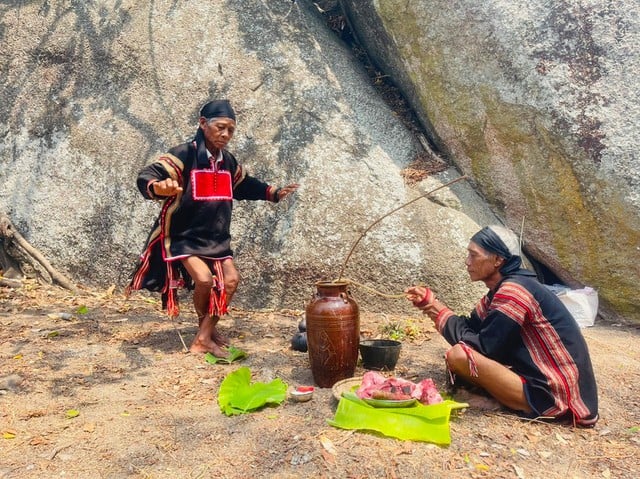
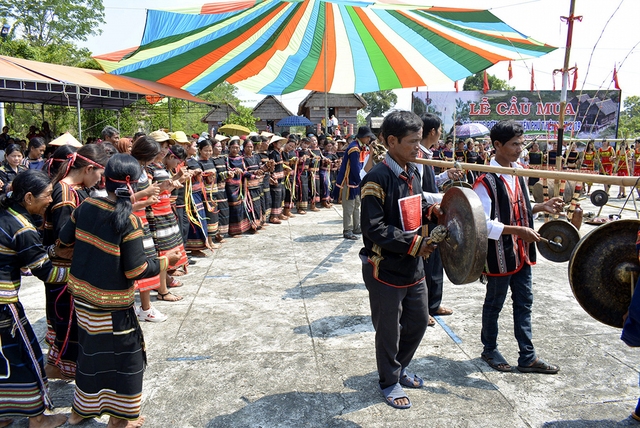



![[Photo] Overcoming all difficulties, speeding up construction progress of Hoa Binh Hydropower Plant Expansion Project](https://vstatic.vietnam.vn/vietnam/resource/IMAGE/2025/4/12/bff04b551e98484c84d74c8faa3526e0)
![[Photo] Closing of the 11th Conference of the 13th Central Committee of the Communist Party of Vietnam](https://vstatic.vietnam.vn/vietnam/resource/IMAGE/2025/4/12/114b57fe6e9b4814a5ddfacf6dfe5b7f)

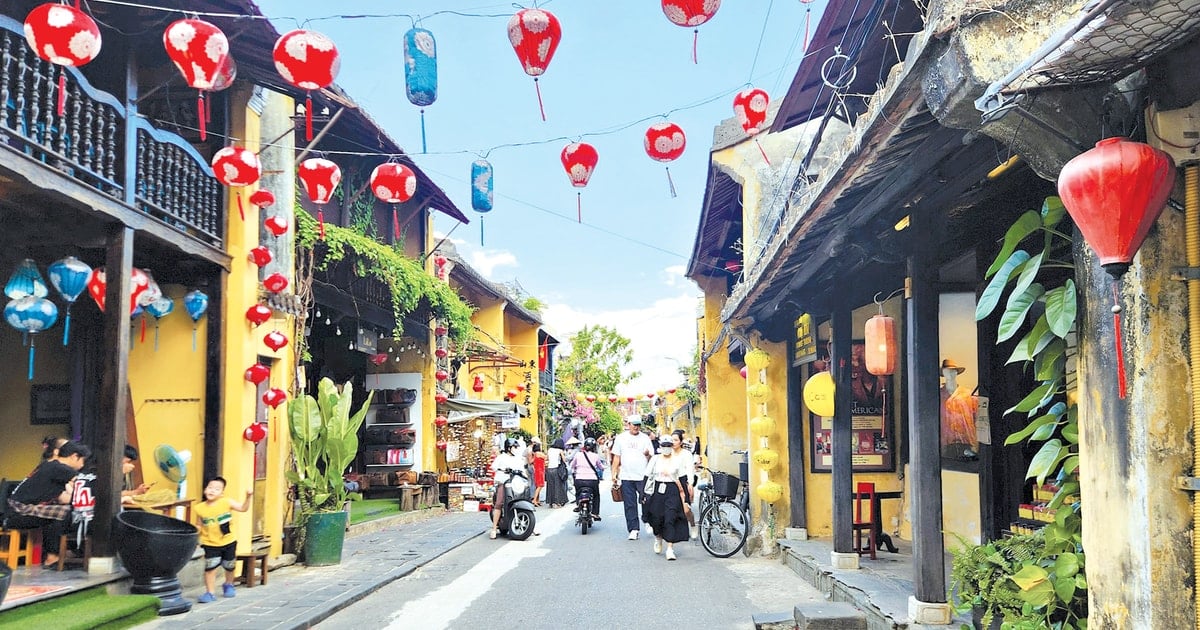

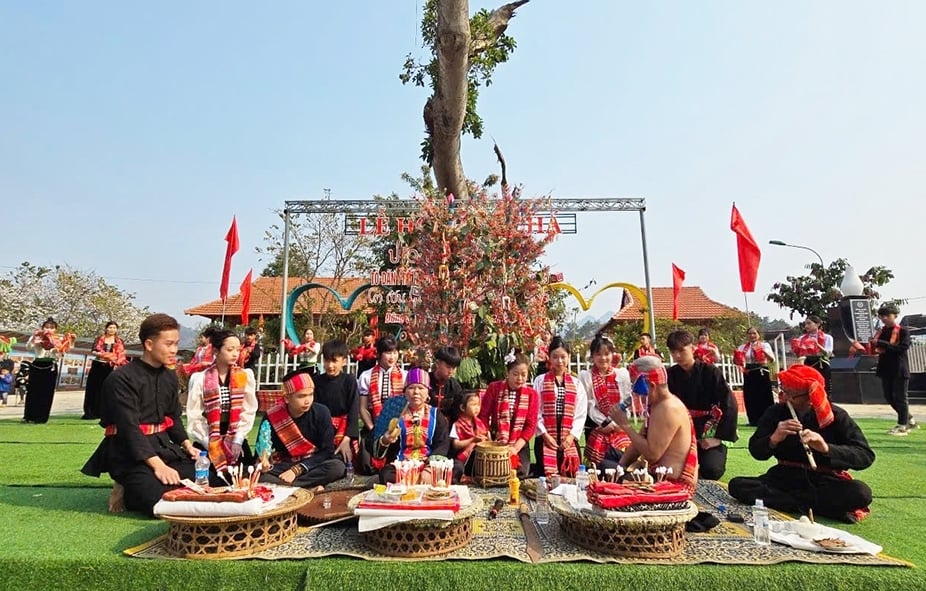

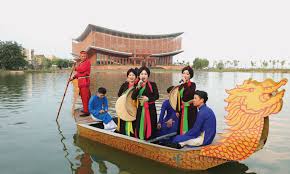

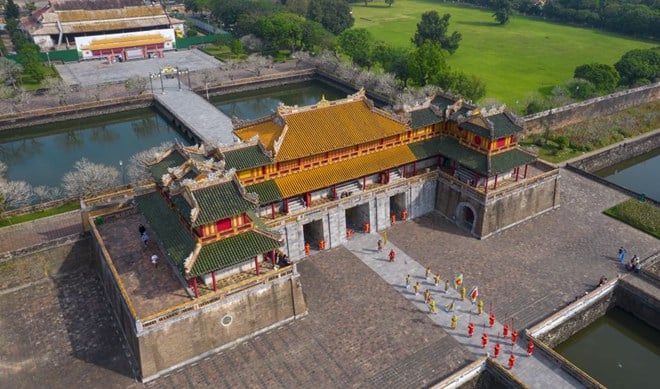















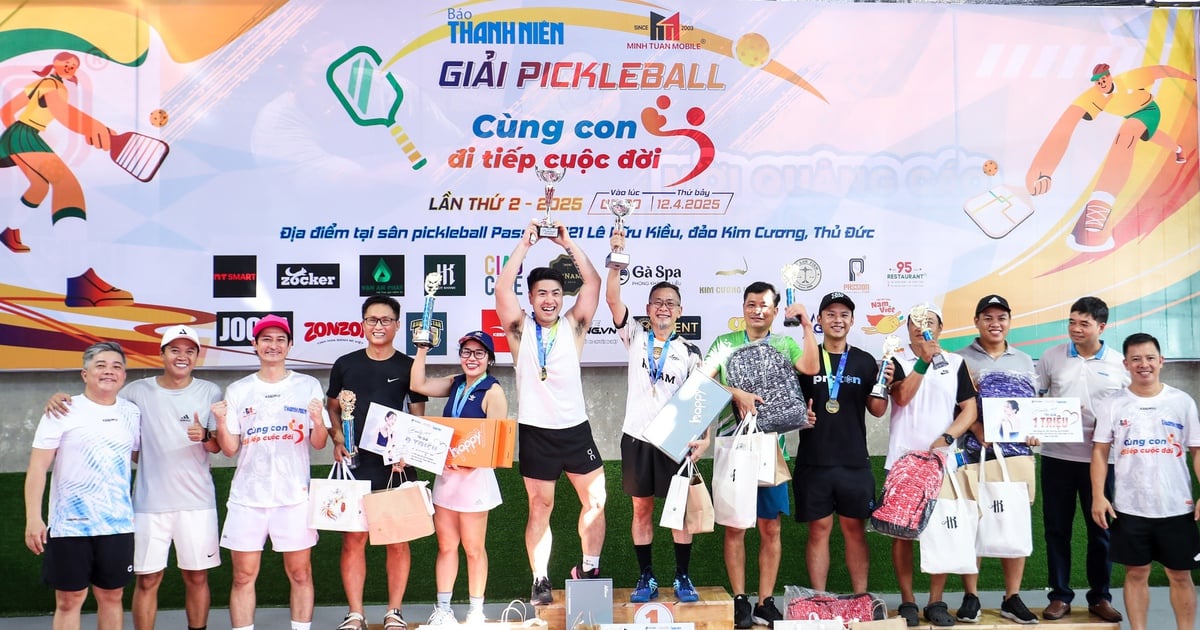

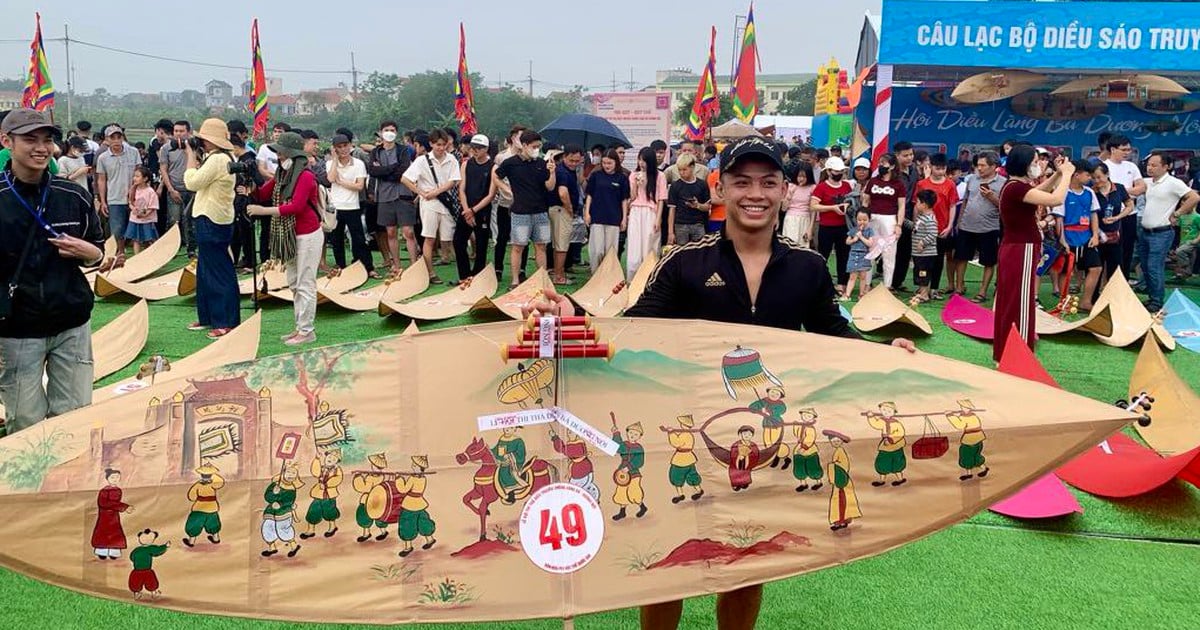
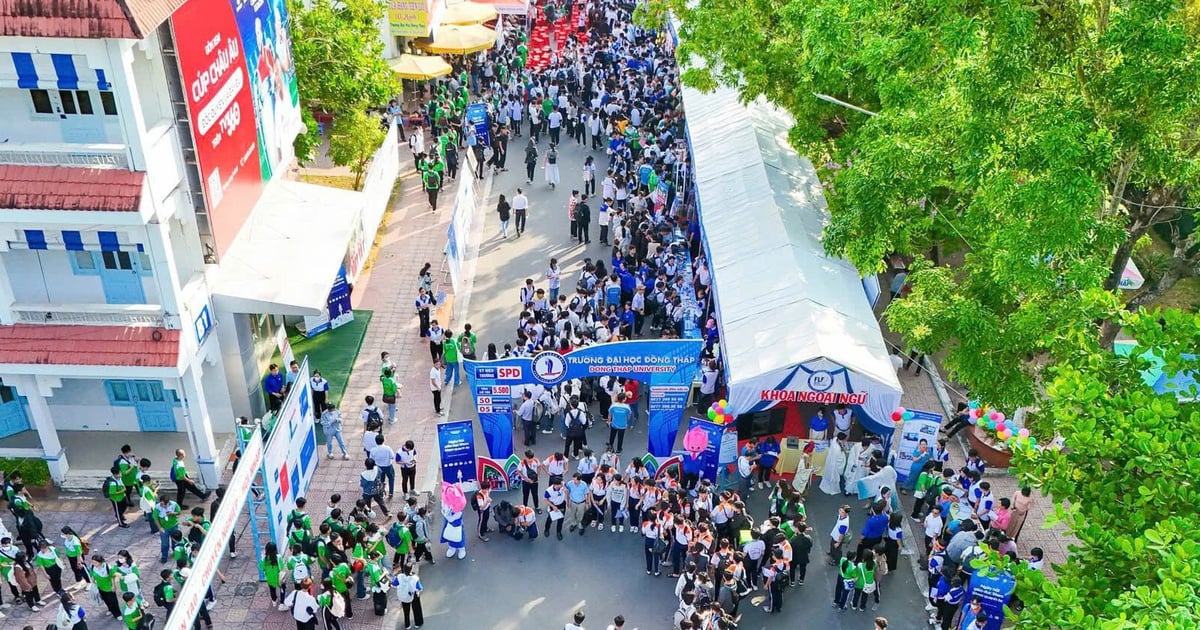
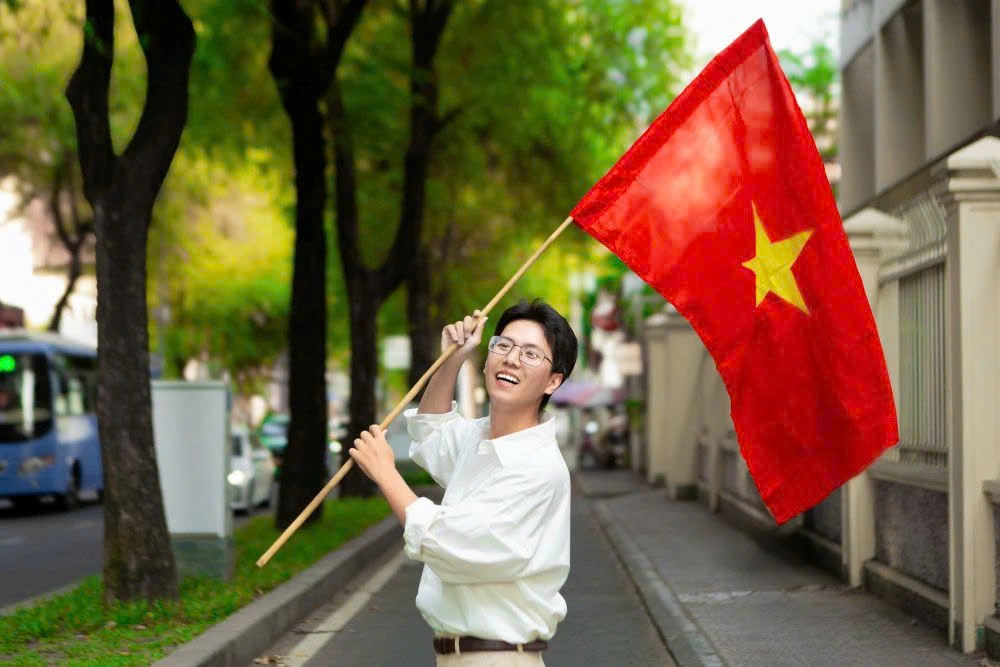





































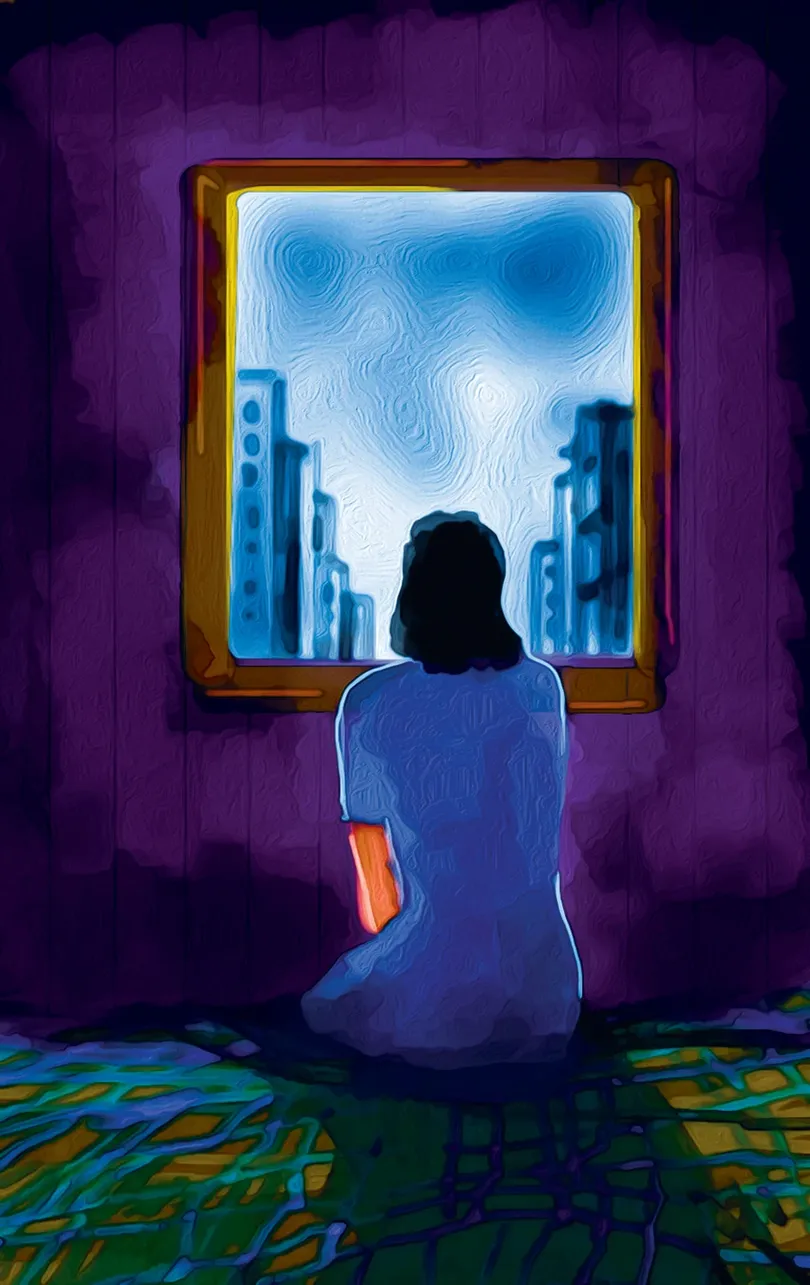

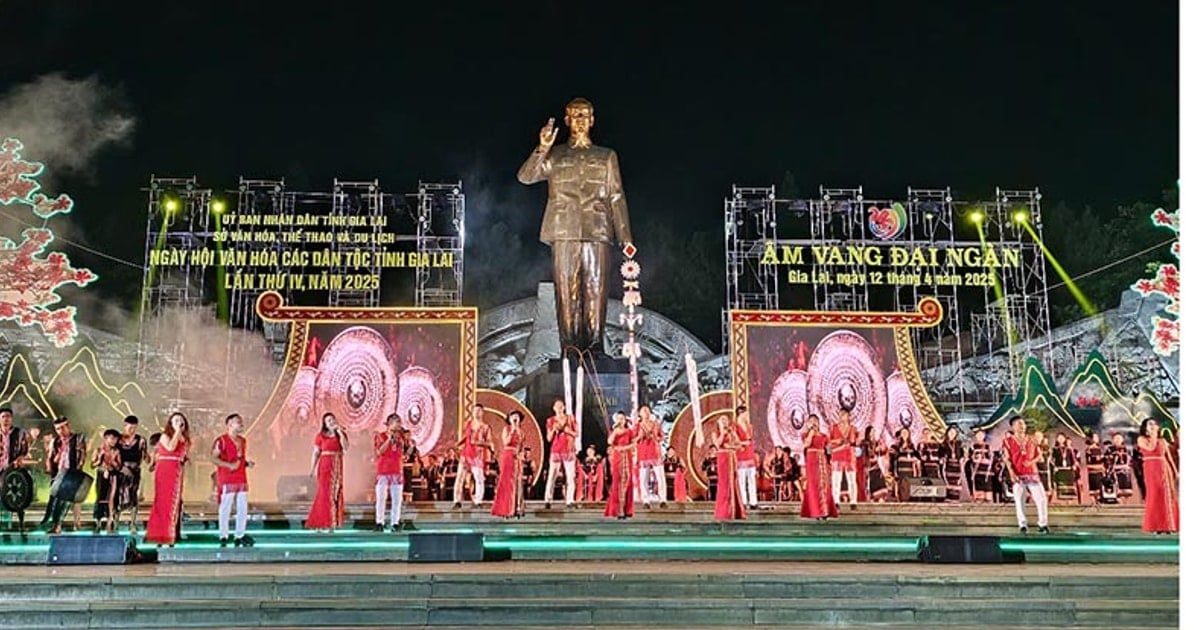
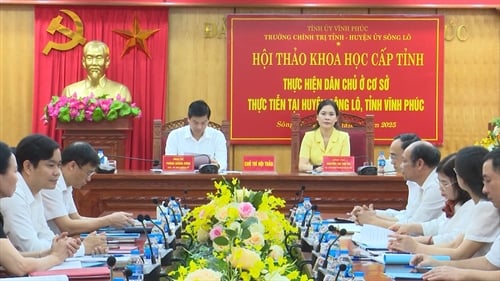

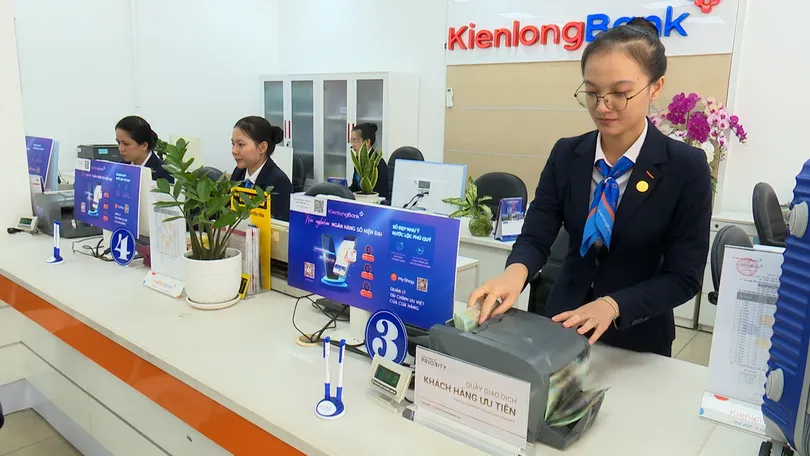
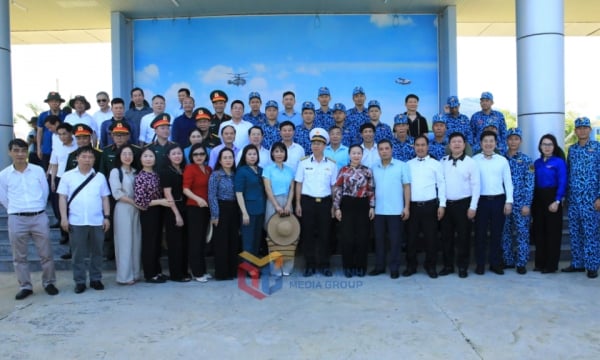










Comment (0)